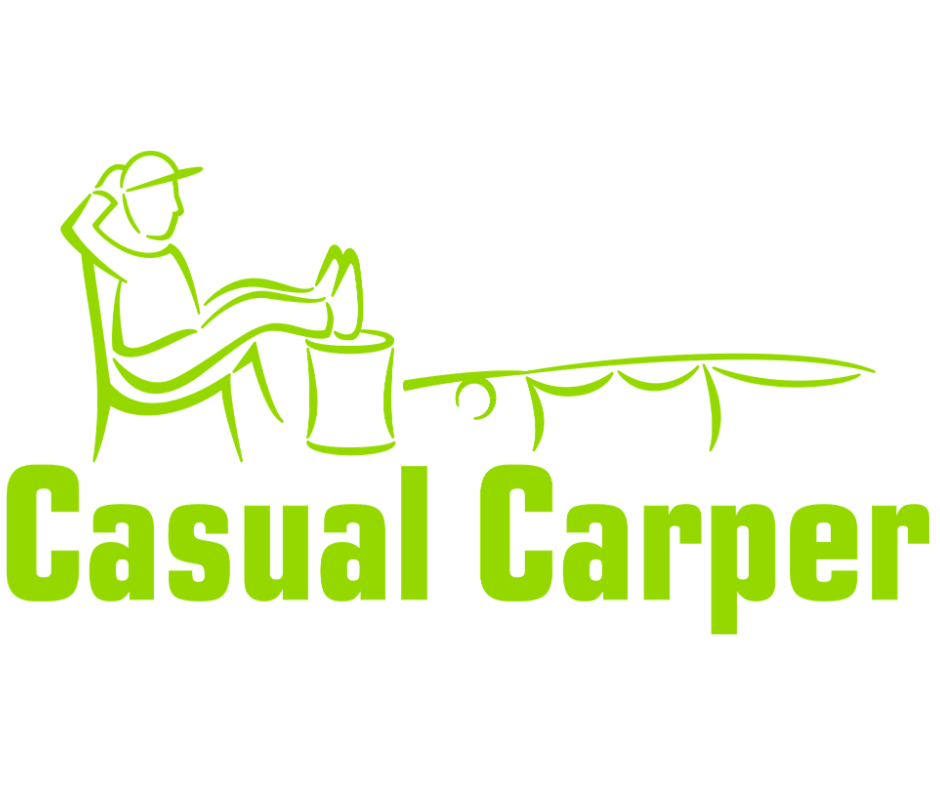
The method feeder is a popular type of open feeder than can be used for mixed coarse and small to mid-sized carp (if used correctly). There are various different types of method including the flat bottom method, banjo feeder and others. Here I’ll cover my top tips for method feeder beginners and give you an idea of how to use this method effectively.
First, let’s start with the most simple question
What is a method feeder?
A method feeder is an open feeder for pellets or ground bait where your bait sits on top of the feed. These are available as either an inline feeder or attached – called an elasticated feeder.
Top method feeder tips for beginners
Before we get into the different types of feeders you need to think about the type of water you’re going to fish and what you want to catch. As a rough guide, smaller feeders will be better suited to smaller lakes as casting distances are limited, as you would expect.
Recommended method feeder setup 1 – Preston innovation method feeder
This feeder is made by Preston Innovations and is by far my favourite feeder. It comes in two types – inline feeder (recommended) and elasticated – also know as a banjo feeder.
There’s also a separate mould to shape the pellets to present the bait perfectly. This is a really easy feeder to fish with a soaked pellet and small hook bait – 12mm boilies work perfectly along with 4mm pellets. As a method feeder for beginners here’s a step by step guide to fishing using this rig and all the components you’ll need.
What you’ll need (see below) – Method feeder in either 15g, 30g or 45g, pellets, short hair rig (Korum quick stop – short, size 10, 10LB break), plus usual terminal tackle you’d find in your box (rubbers, swivel etc).
Step by step guide
- Soak the pellets – You can do this at the bank but I prefer to soak them overnight depending on the pellets, just pop them in a tub covered in water and they end up as a nice sticky paste the next morning – perfect. If you’re using fin perfect stiki method pellets then you can do them on the bank in 10 minutes.
- Setup the inline feeder – Add the feeder onto the line, add a tail rubber and tie it to a swivel
- Add the hair – Loop the hair over the swivel, I use Korum quick stops as it means I can quickly change baits or add new baits after I catch.
- Setup the bait – Hair rig your boilie or pellet to the quick stop and place it in the bottom of the mould. Take some of the soaked pellets out and fill the mould with it – squash it down as much as you can but leave some out. Place the feeder over the top and press it out of the mould leaving you with a perfectly filled feeder with your bait sitting on the top. It’s a great idea at this point to add some liquid attraction over the feeder, especially if you are fishing for carp. I like to mix Beta Stim liquid with the water to soak the feeder with an extra attractant or pour an extra bit over the top (slowly) before casting out.
- Cast it out! – Then sit back and wait for the fish to bite!
Here’s what the finished article looks like
This is a 30g inline feeder with a 12 boilie on a 4″ size 10, 10lb break, Korum quick stop. This is done using slightly different pellets to add some variation to the rig – Skretting pellets. These are 8mm pellets that have been soaked overnight and are more a paste than the fin perfect pellets. As the video shows below they have a great effect under the water, rising out of the feeder and keeping the bait well presented.
Here’s what the rig looks like underwater (Filmed on a Water Wold HD underwater camera + carp bottom kit)
Some more tips
- How far should I cast a method feeder? – Don’t try and give it all you’ve got in the cast! Get the right weight of feeder and a swift flick should be all that’s needed. Don’t settle for a “that will do cast”. It takes a little time to set the feeder up, if you cast short of your target don’t be tempted to leave it, reel it back in, refill, then recast.
- Why do the pellets keep coming off my method feeder? – Getting the consistency right is key to success, too dry and it would hold in the feeder to wet and it won’t shape. As a general rule cover the pellets plus 1 CM if you’re soaking overnight. If you are struggling try using the fin perfect pellets mentioned above as the 2mm pellets are really easy to soak.
- How often should I cast a method feeder? – You should be regularly casting your feeder out, this is not like bating a spot and waiting for the carp to come in. Every 30 minutes is a good guide but on some waters, you can cast as often as every 5-10 minutes to get more bait in and find the right spots.
- Feathering – This is a technique of slowing the line down as it is about to hit the water. This means you are less likely to lose all your pellets on impact with the water. This takes some practice to finesse. (Here is a YouTube video showing you how it’s done – video here).
- What size feeder should I use? For me the optimum feeder is 30g, I do not feel that I need anything heavier unless there is a strong wind or I am fishing on a steeper slope underwater.

